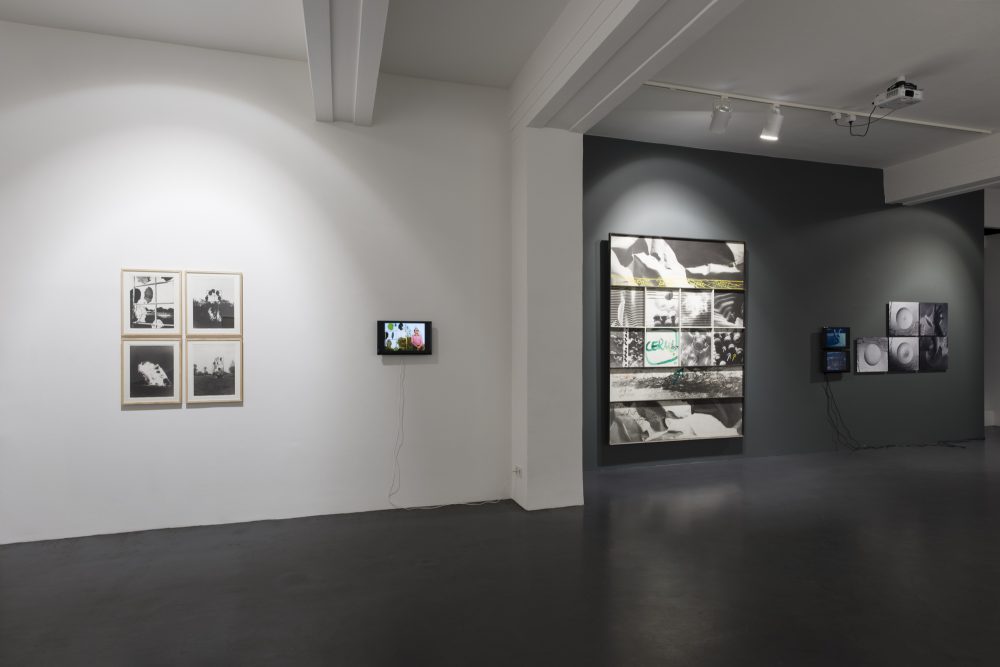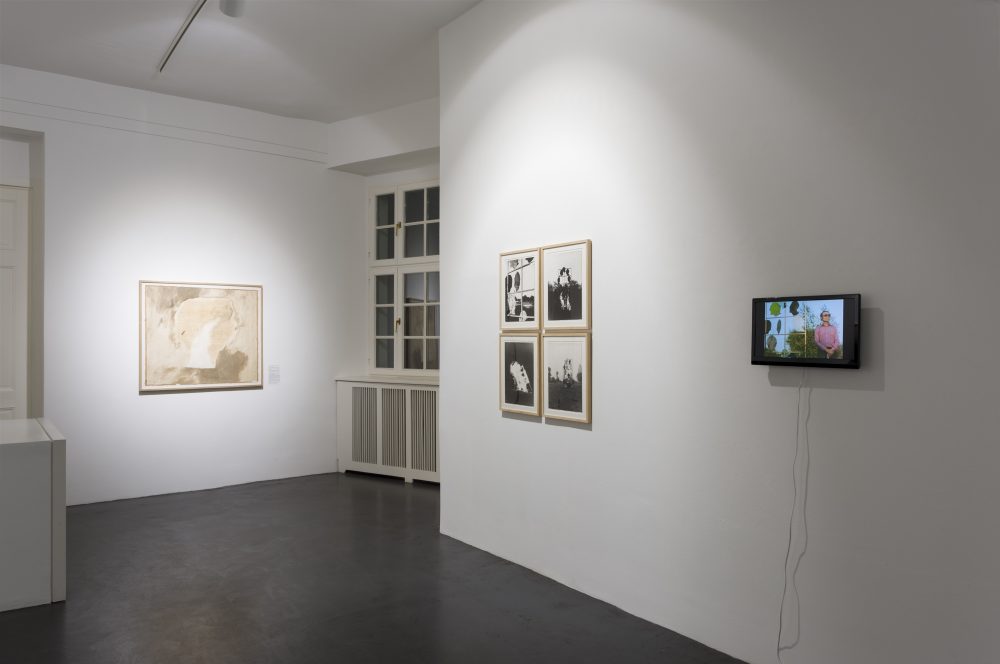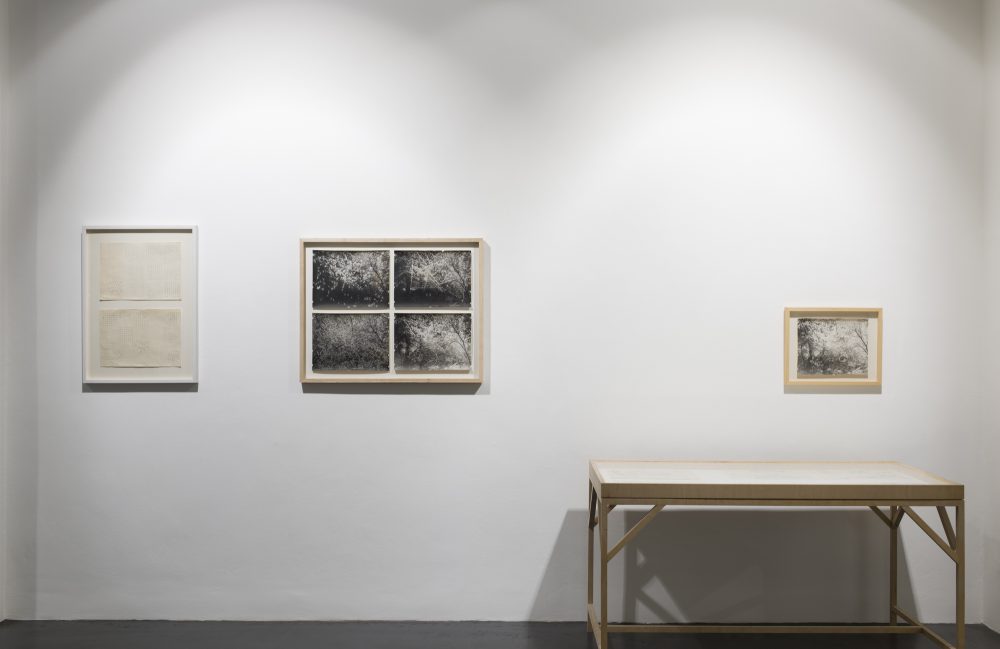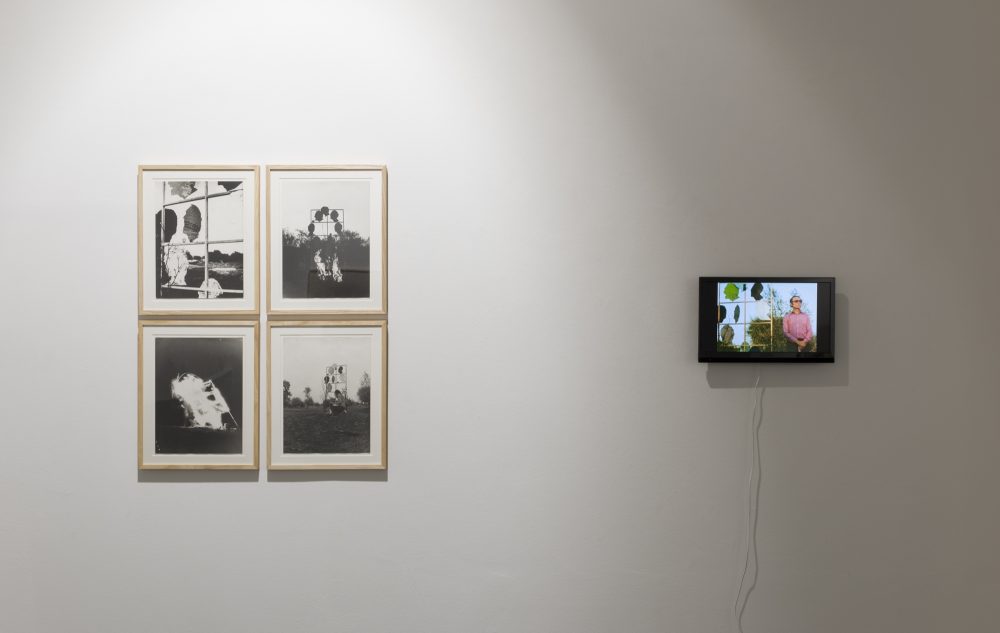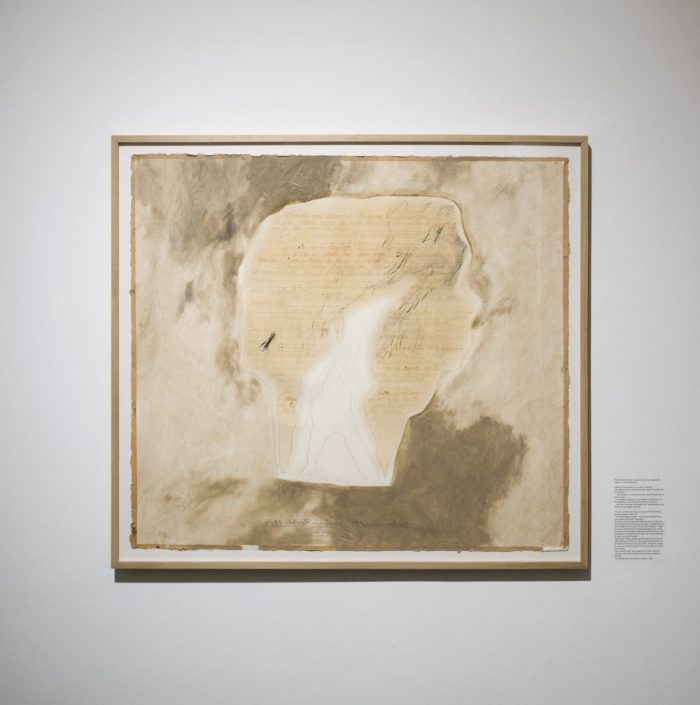DIEHL Gallery is delighted to present the third solo exhibition of Romanian artist Constantin Flondor, „When Eye Touches the Cloud”. The exhibition features a corpus of works from the late 1970s and 1980s, which evoke the artist’s unique experimental approach towards photography and film, his multi-faceted practice, and some of the themes and complex issues that span throughout the entire artist’s oeuvre.
Born in 1936 in Chernivtsi (today Ukraine), Constantin Flondor now lives and works in Timișoara, a city in the Western part of Romania. He is a central figure of Romanian Neo-avant-garde art, exploring in a very sensitive and sophisticated way scientific, mathematical and philosophical concepts through a body of work that challenges our habitual way of seeing. The strongly interdisciplinary nature of his practice is rooted in the lessons of Bauhaus and Paul Klee, in Gestalt theories and Charles Pierce’s theory of signs as well as in his concern with the algorithmic construction of form based on the study of geometry and physics and the exploration of nature as a locus for research, as a participatory environment activated by the artist’s presence.
Flondor is the founding member of 1+1+1(1966–1969) and Sigma(1969–1978), art groups aligned with the circle of Neo-avant-garde artists and collectives interested in kinetic and op art, cybernetics and bionics, in advancing through the closer interconnections between art and science a new concern with objectivity, calling into question the social potentialities of art in the public sphere. 1+1+1and Sigmawere particularly interested in systemic thinking, advanced technologies and visual communication, manifesting affinities to early 20th century constructivism. As a member of Sigma and professor at the Art Lyceum in Timișoara, Flondor conceptualized a progressive pedagogical programme (1969–1981), which produced a radical turn in art education, away from the rigid formalist conventions which characterized art in socialist Romania.
Starting with the end of 1970s, his work gradually moved from the scientific and analytical concerns towards a more philosophical, spiritual and experiential study of perception, of visual signs, signals, stimuli, experimented via various mediums such as photography, film, drawing, painting. Over the course of his career he has investigated the possibilities of constructing active structures—starting with his first neo-constructivist and op-art works and continuing with his participatory open-air interventions and the series of drawings and paintings which take natureas referent—in order to problematize the complexity of perception, the various layers of reading the role and the significance of sight, look, gaze.The flatness and the spatiality of sky and the infinite movement of the clouds, the moulding of flour, the breathing of the air, the long and intense gaze of imperceptible changes in a space are themes that shaped the artist’s modus operandi pointing a fundamental endeavour of his art: „to go beyond the visual”, to simplify visual information.
His works were featured in the exhibitions Art in Europe, 1945–1968, ZKM, Karlsruhe (2016); Mapping Bucharest: Art, Memory, and Revolution, Vienna Biennale (2015); SIGMA: Cartography of Learning1969–1983, Timișoara Art Encounters (2015). Two retrospective exhibitions were held in 2016 at the Timișoara Museum of Art and the Jecza Gallery in Timișoara.
In 2017and 2018 he was invited to participate in the exhibitions Natural Histories. Traces of the Political, MUMOK, Vienna andThe Other Trans-Atlantic. Kinetic and Op Art in Eastern Europe and Latin America 1950s–1970s, Museum of Modern Art Warsaw and Garage Museum of Contemporary Art Moscow.
– by Alina Serben, curator of the show.
